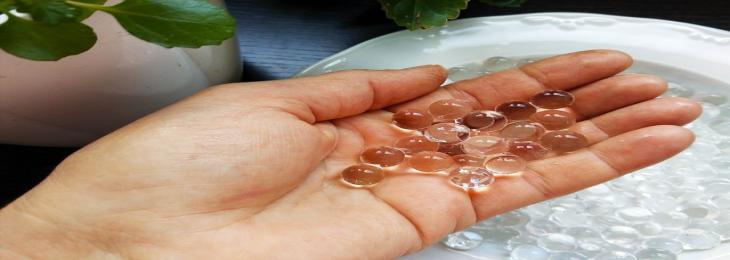
The wound dressing hydrogel is being developed by a Chalmers company, Amferia. It uses the human immune system proteins instead of antibiotics to provide protection at wound sites.
According to a research published in the ACS Biomaterials Science & Engineering journal, a company named Amferia is developing a hydrogel that uses immune system’s proteins to protect the wound site from foreign bacteria. This is one of the new developments where scientists are finding alternate ways to fight against bacteria other than using conventional antibiotics. This hydrogel form of skin patch was originally developed at Chalmers University of Technology in Sweden.
The hydrogel was developed at the university by a Prof. Martin Andersson-led team. The hydrogel constitutes proteins from the human immune system. The researchers are using these proteins’ natural ability to destruct bacteria. These proteins are known to compromise bacteria’s protective membrane thus destructing them. The main reason that the researchers are using this hydrogel instead of antibiotics is that there is no risk of antibiotic resistance, since the bacteria are unlikely to develop resistance against the immune system-derived peptides.
A doctoral student form the Charmers University of technology, Edvin Blomstrand stated that the hydrogel could be a promising wound dressing product since it uses human immune system-derived peptides as its main component and is thus harmless to be used as a wound dressing product. He also added that since the hydrogel is nanostructured with peptides, the peptides degrade at a slower rate and there is sufficient time for the peptide to be delivered to the wound site.
The hydrogel is currently being commercialized by Amferia. The company intends to develop the hydrogel as a spray version apart from its skin patch hydrogel version. The product is also expected to face some competition with another wound dressing product that focuses on ‘peptide enhanced dressing. This product is being developed at Empa Research Institute in Switzerland.






